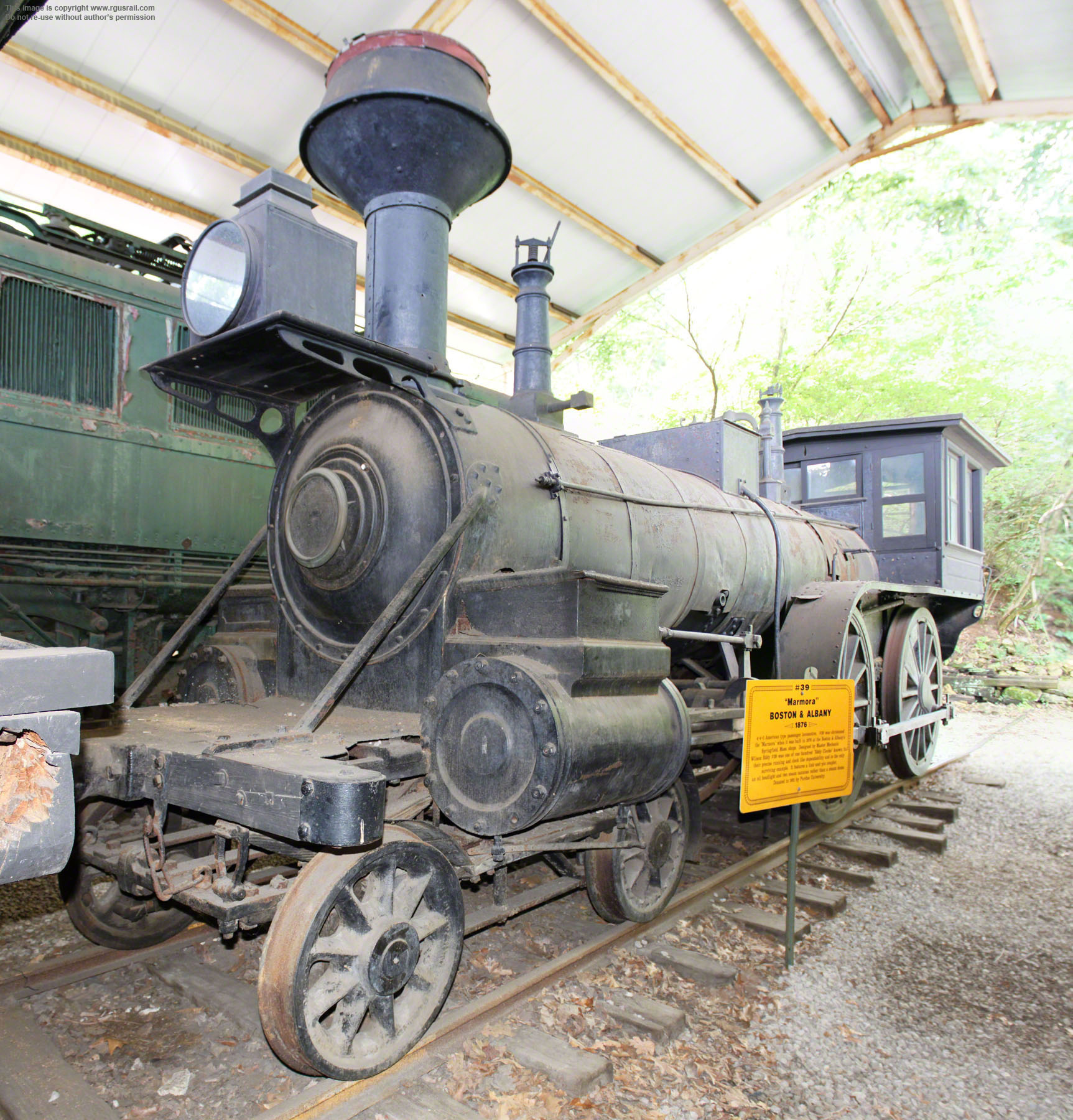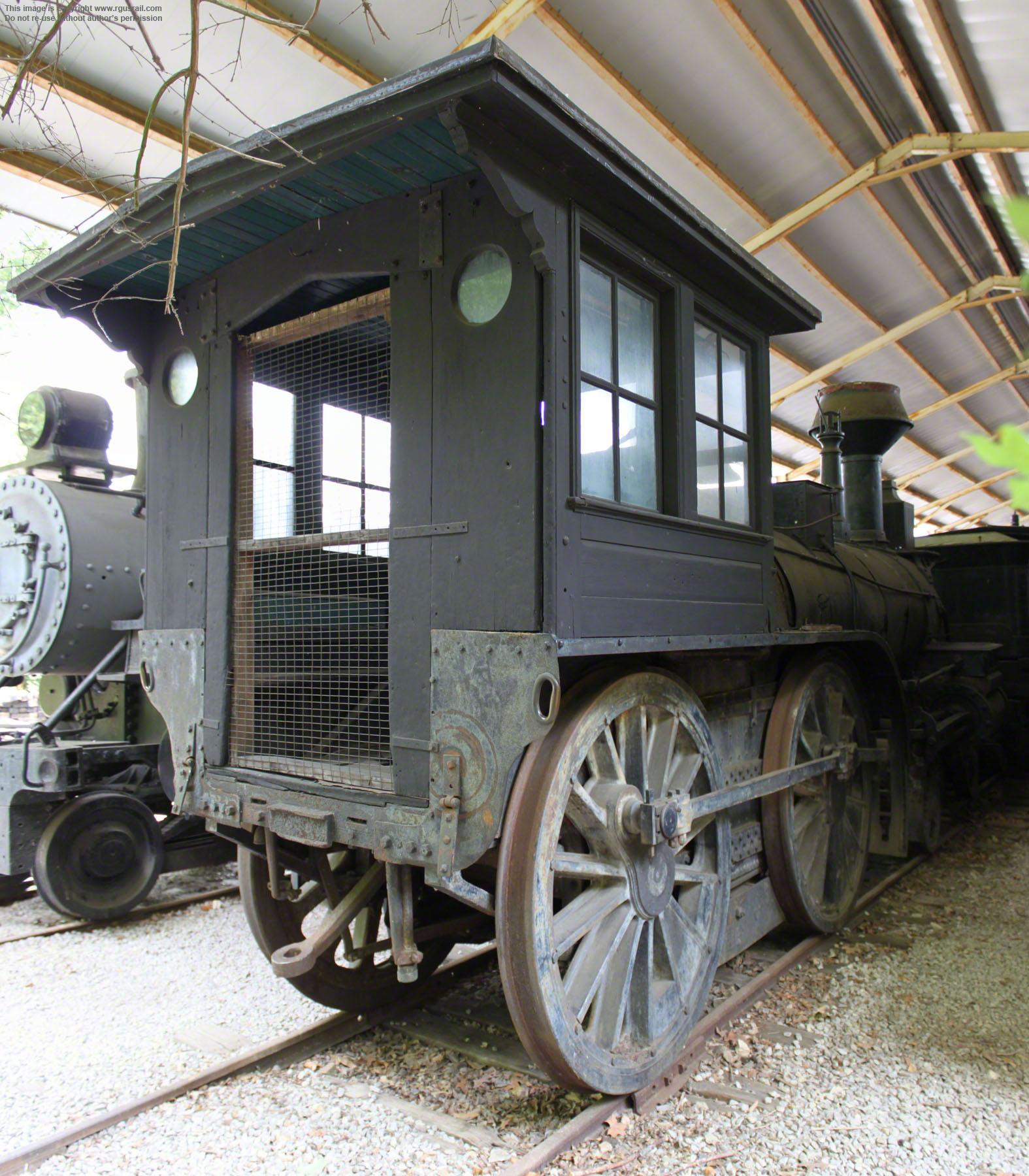This engine started life as a Rivarossi Baltimore & Ohio 2-10-2. I picked it up for $45 at a small local hobby shop in Watkinsville, GA. Probably one of my favorite buys!
There was just something about the proportions of this locomotive that I really liked! And although I'm selective with Vanderbuilt tenders, I still loved the locomotive! Though at the time I didn't know what I would do with it.
About a year later I was doing some visual research on locomotives and came across pictures of husky and intimidating looking 2-10-4s. As I thought about it I thought it would be fun to try converting this engine into one, but at the time I didn't have the parts. Fortunately a friend of my who lives near Athens, GA let me have a few parts he didn't really need, and that included some parts from a dismantled Bachmann N&W J class 4-8-4. And in that box of goodies was also the rear truck to the 4-8-4. Then the gears began to turn.... And this was the result when I got a chance to pull out the engine.
About a year later I was doing some visual research on locomotives and came across pictures of husky and intimidating looking 2-10-4s. As I thought about it I thought it would be fun to try converting this engine into one, but at the time I didn't have the parts. Fortunately a friend of my who lives near Athens, GA let me have a few parts he didn't really need, and that included some parts from a dismantled Bachmann N&W J class 4-8-4. And in that box of goodies was also the rear truck to the 4-8-4. Then the gears began to turn.... And this was the result when I got a chance to pull out the engine.
This engine still has a long way to go, but even with some minor changes the look and feel of this engine has changed substantially! The new smokebox front is from a Pemco 4-8-2. I never had the engine, but it was a part I picked out of a junk box and thought it looked pretty good on the model. The trailing truck is from the Bachmann J class and I think it looks pretty good! Still need to add a headlight and a few other details. And of course the engine has yet to be painted in ER&W colors. Eventually I'll add additional brass detail parts, including a double smoke stack like those used on the SP Cab Forwards. Still debating on whether I want to keep the Vandy tender or try to go with another type. Either way, it will be one heck of a locomotive!










